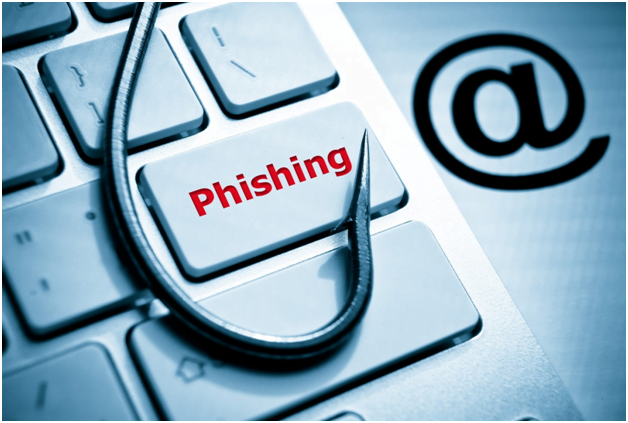
When’s the last time you received an email from a Nigerian prince asking you to wire money? We might laugh about this common scam, but it still rakes in over $700,000 a year.
Most email scams, however, are not so easy to spot. They’re commonly called “phishing” scams because, like a fish hook, the victim doesn’t realize their mistake until they’ve already taken the bait.
In this post, we’ll tell you exactly how to spot a phishing email so you don’t become another innocent victim. Keep reading to learn more!
How to Spot a Phishing Email: 4 Warning Signs
When you’re finished reading this, you can learn more about weprotectid.uk and other ways to keep your personal information safe. For now, though, let’s review four common signs of a phishing email.
- It’s Full of Typos & Grammatical Errors
You will never receive an email from Google or Netflix (or any other multi-billion dollar corporation) that has misspelled words. Period.
The easiest way to spot a phishing scam is to carefully read the text. Many scammers are non-native English speakers, and their limited language skills will become evident as you read.
Even if everything is spelled correctly, look out for grammar mistakes a native speaker wouldn’t make. For example, wording like “we detect activity unusual” or “user might be try to access” are red flags that it’s a phishing scam.
- It Asks You to Confirm Personal Details
Phishing emails are so effective because they usually look legitimate. You might get an email from your bank or credit card company asking you to confirm your login credentials or similar information.
However, no legitimate company will ever contact you and ask you to confirm sensitive information via email. If in doubt, exit the email and log in to your account via the company’s website.
Never click on any link or button in the email itself. You could inadvertently download malware onto your computer or give hackers access to your personal data.
- It Came From a Public Email Domain
This one is a little trickier to spot, but it’s worth taking a close look at the sender’s email address. If it truly is from Google, it will be from @google.com. If it’s from Airbnb, it will be from @airbnb.com.
Hackers try to mimic legitimate email addresses by using something like “[email protected]” or “[email protected].” Or you might notice the email address includes a long string of random letters and numbers ([email protected]).
Either way, if the company’s name doesn’t appear after the @ sign, it’s almost always a phishing scam.
- It Creates a Sense of Urgency
Your account has been hacked! We’ve detected unusual activity! Your account will be permanently closed if you don’t act now!
Phrases like this are designed to make you panic and react without thinking. You don’t want your account to be closed or hacked, so of course you’re going to click on that link and enter your login details.
Not so fast. Pause to think about whether the email is asking for something reasonable. If in doubt about your account security, go right to the source and follow up through the company’s homepage.
Don’t Fall Prey to a Phishing Scam!
Email scams are becoming more and more common, but you don’t have to take the bait. Bookmark this article and refer back to it the next time you receive a suspicious email.
Now that you know how to spot a phishing email, what’s next? Keep browsing our site for more great tips and advice!
